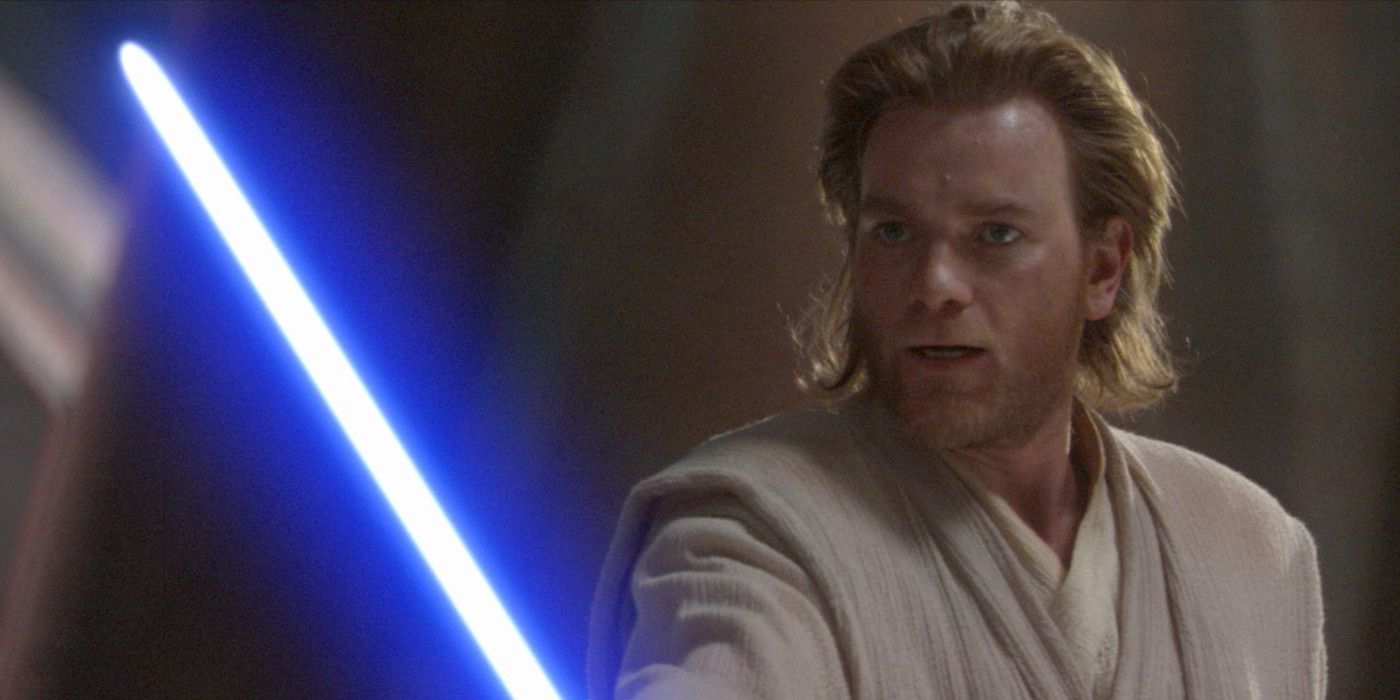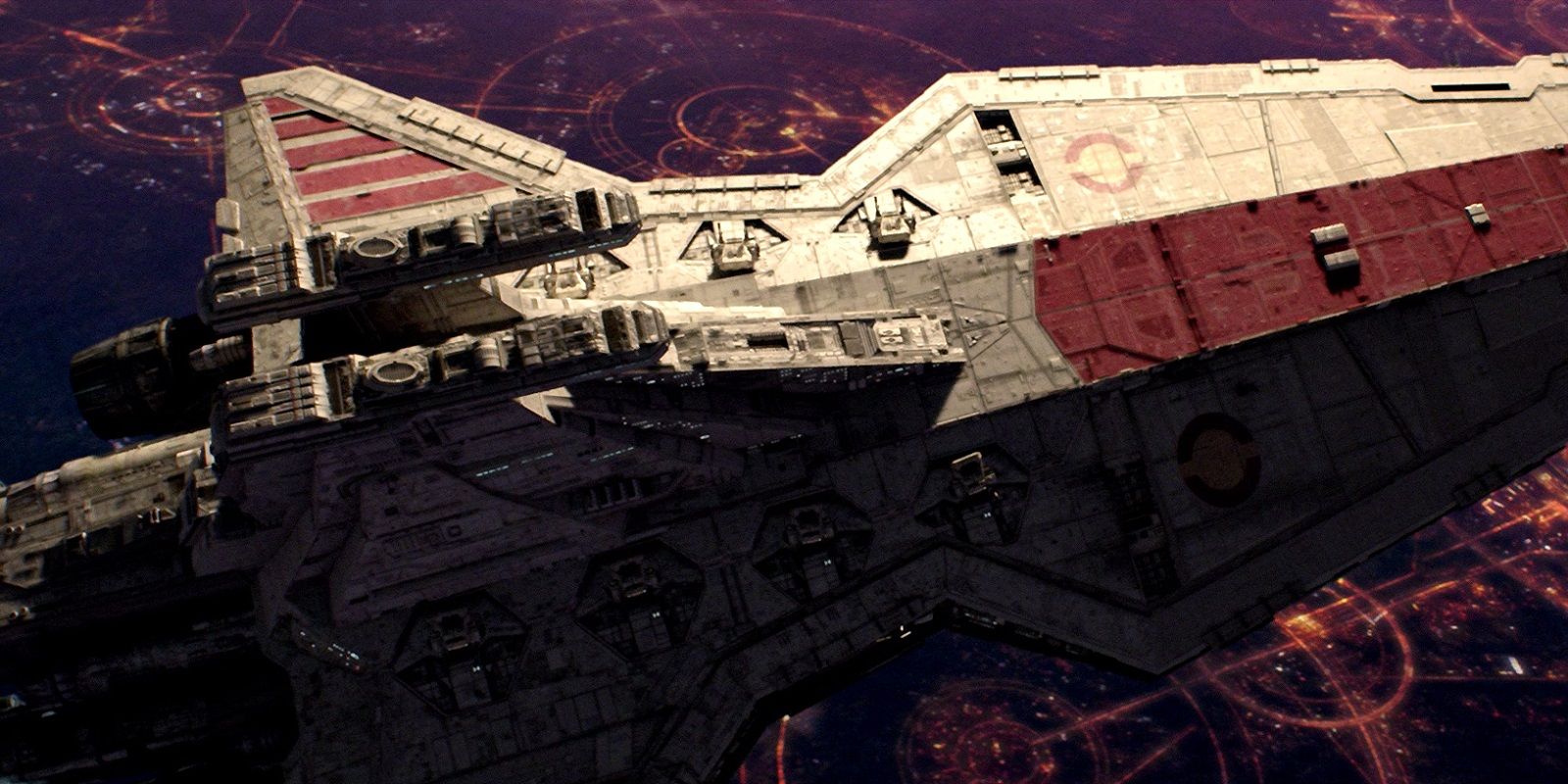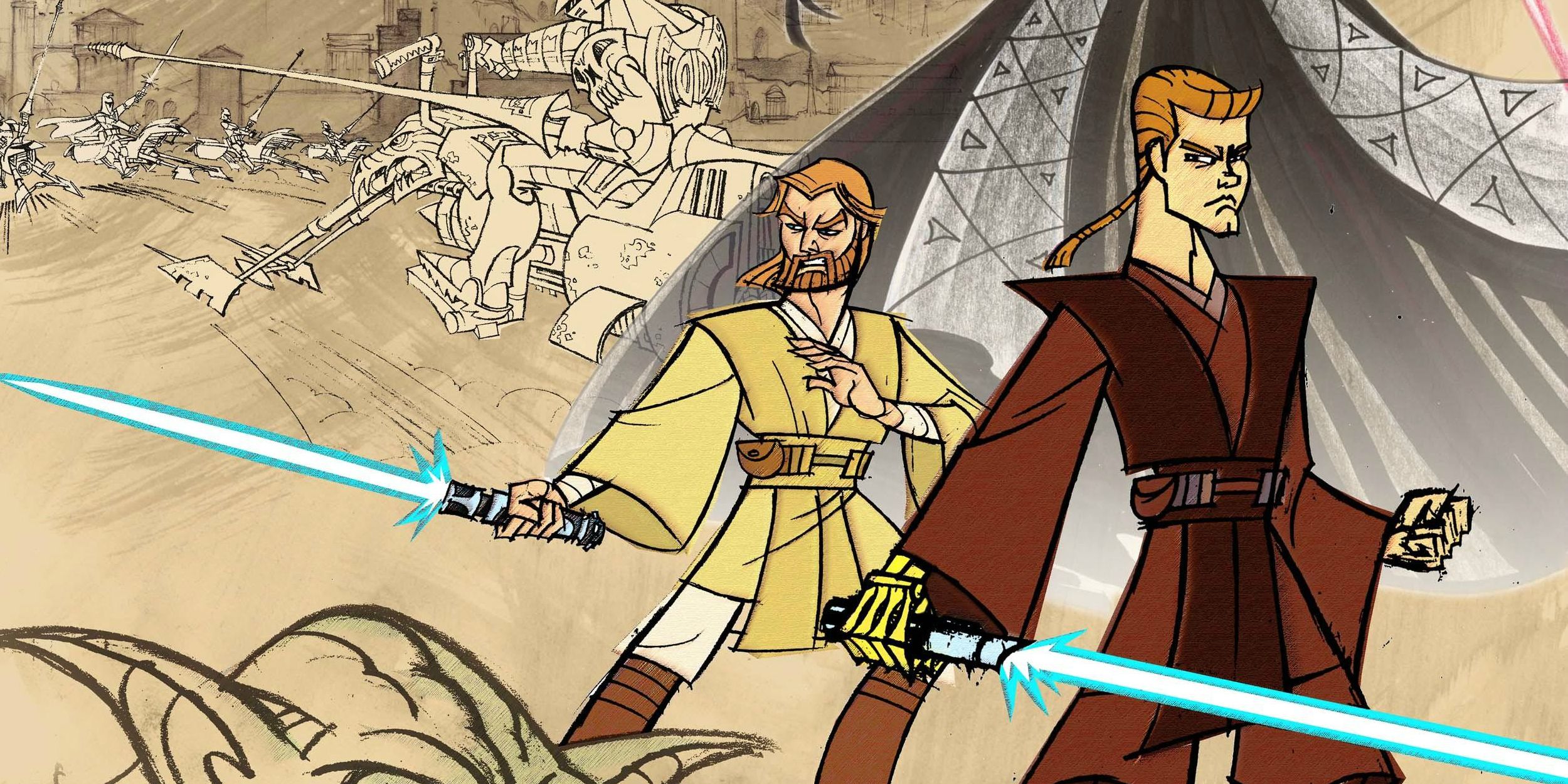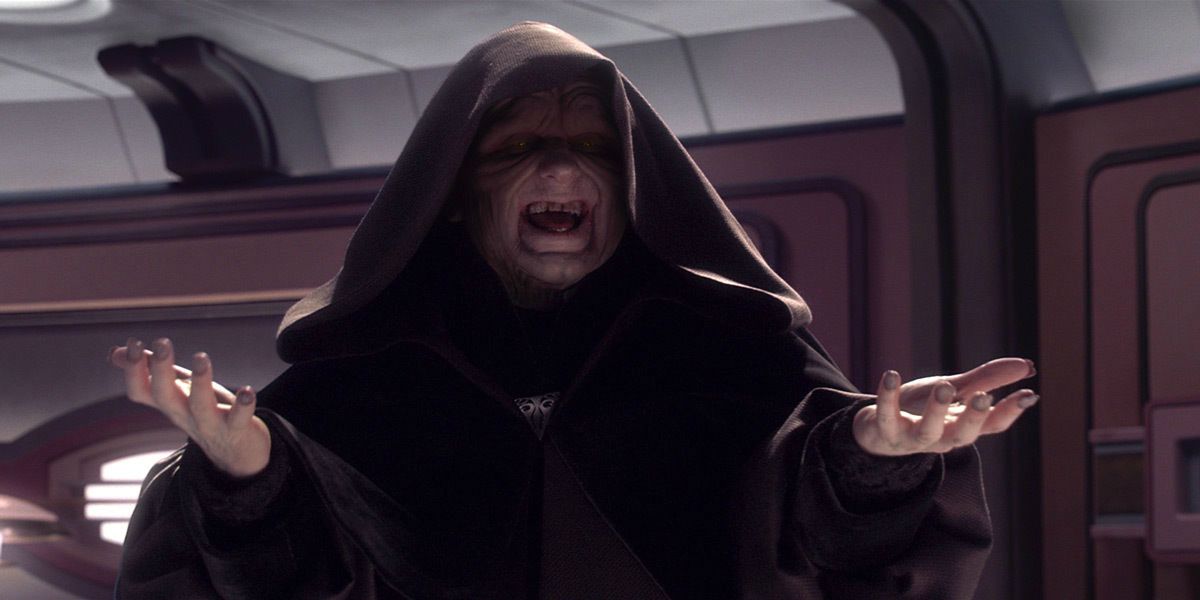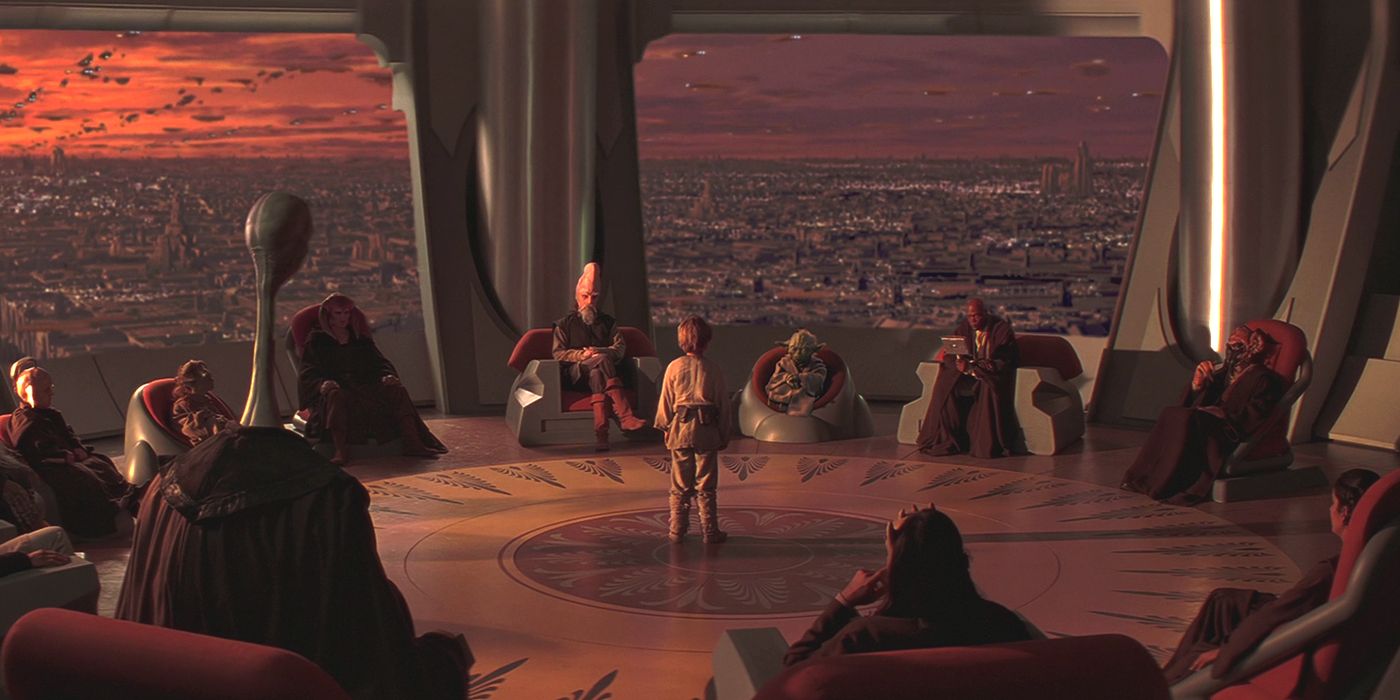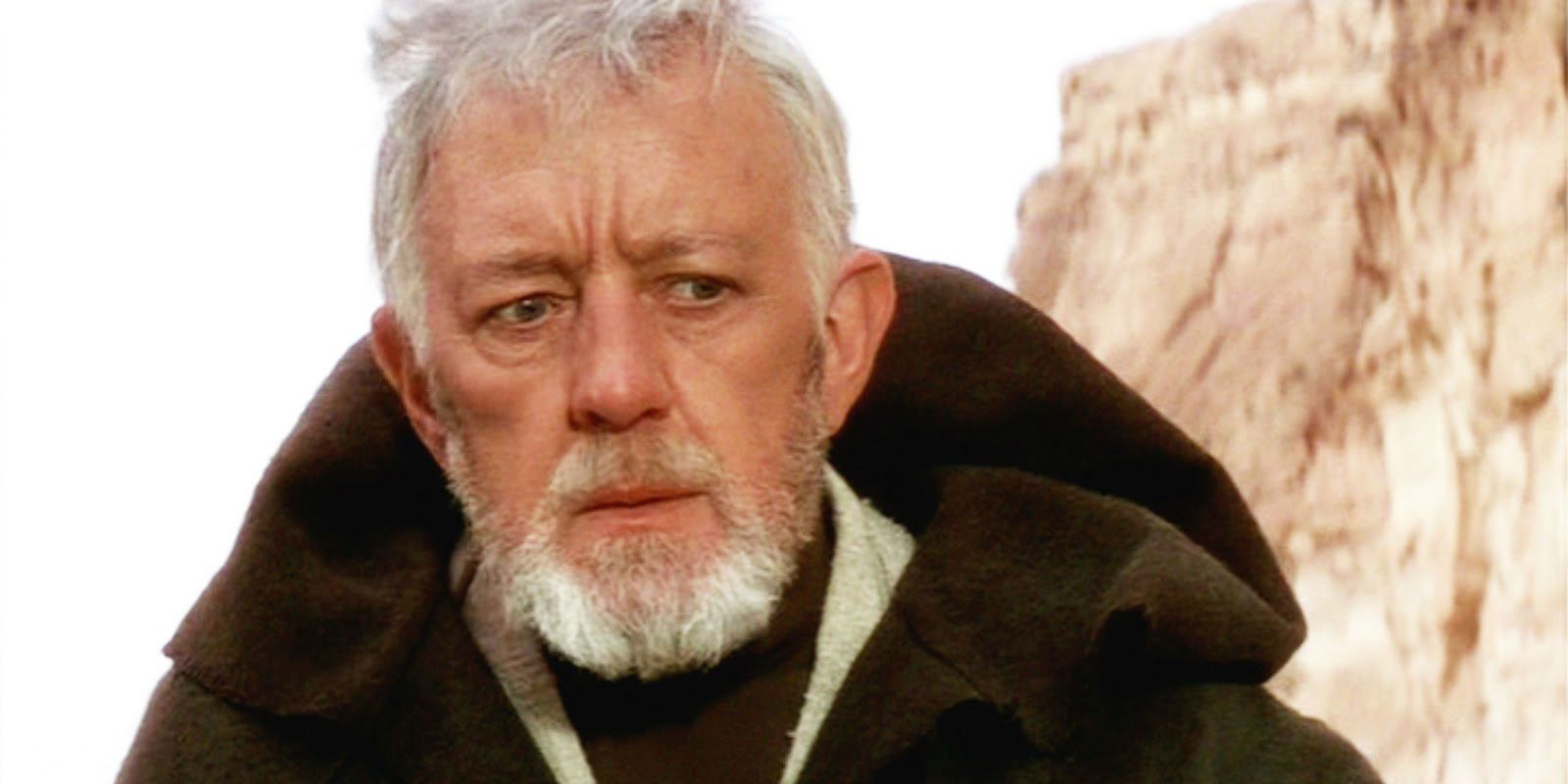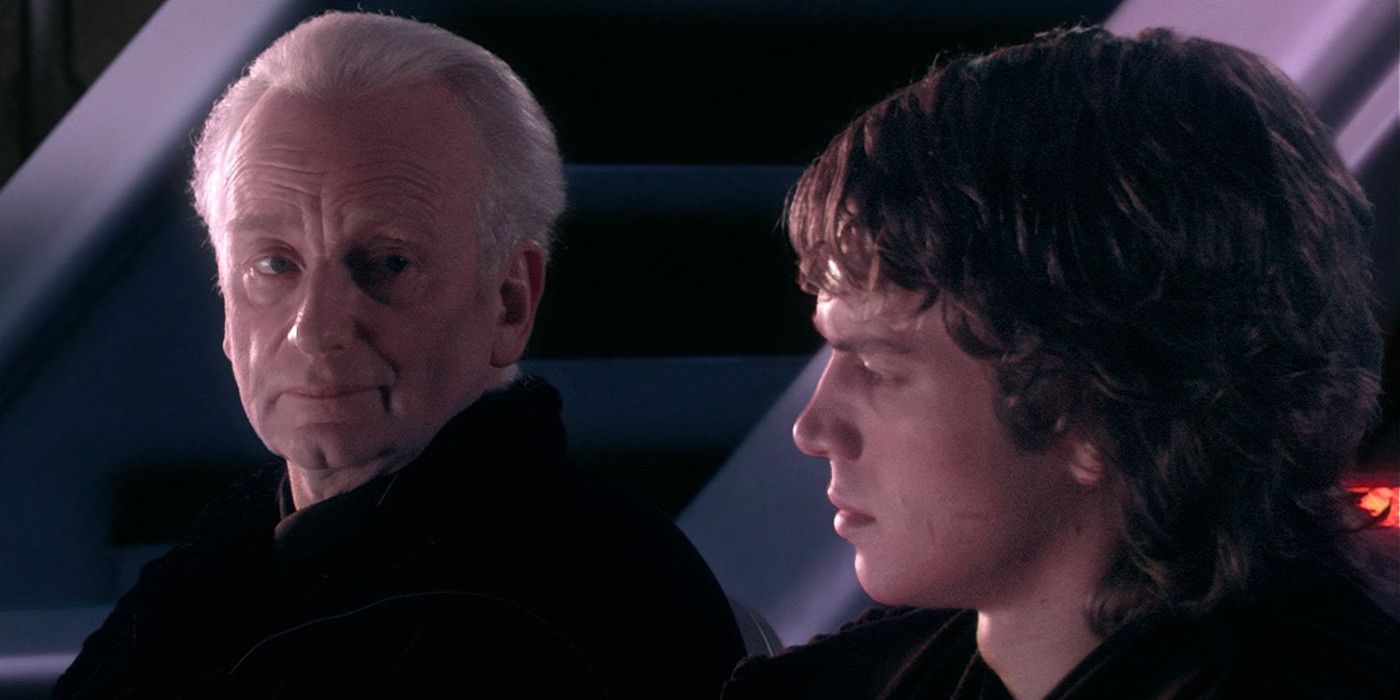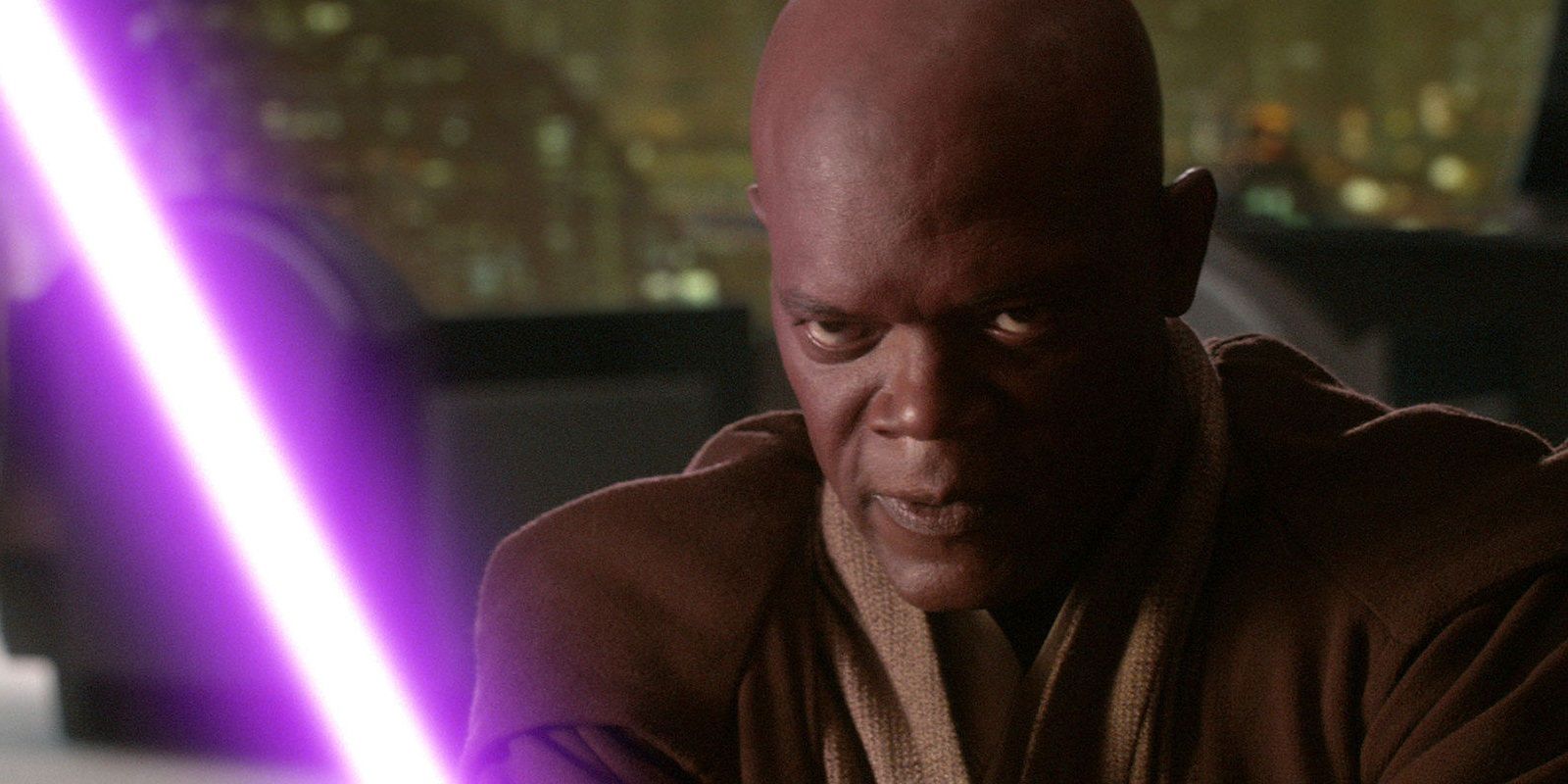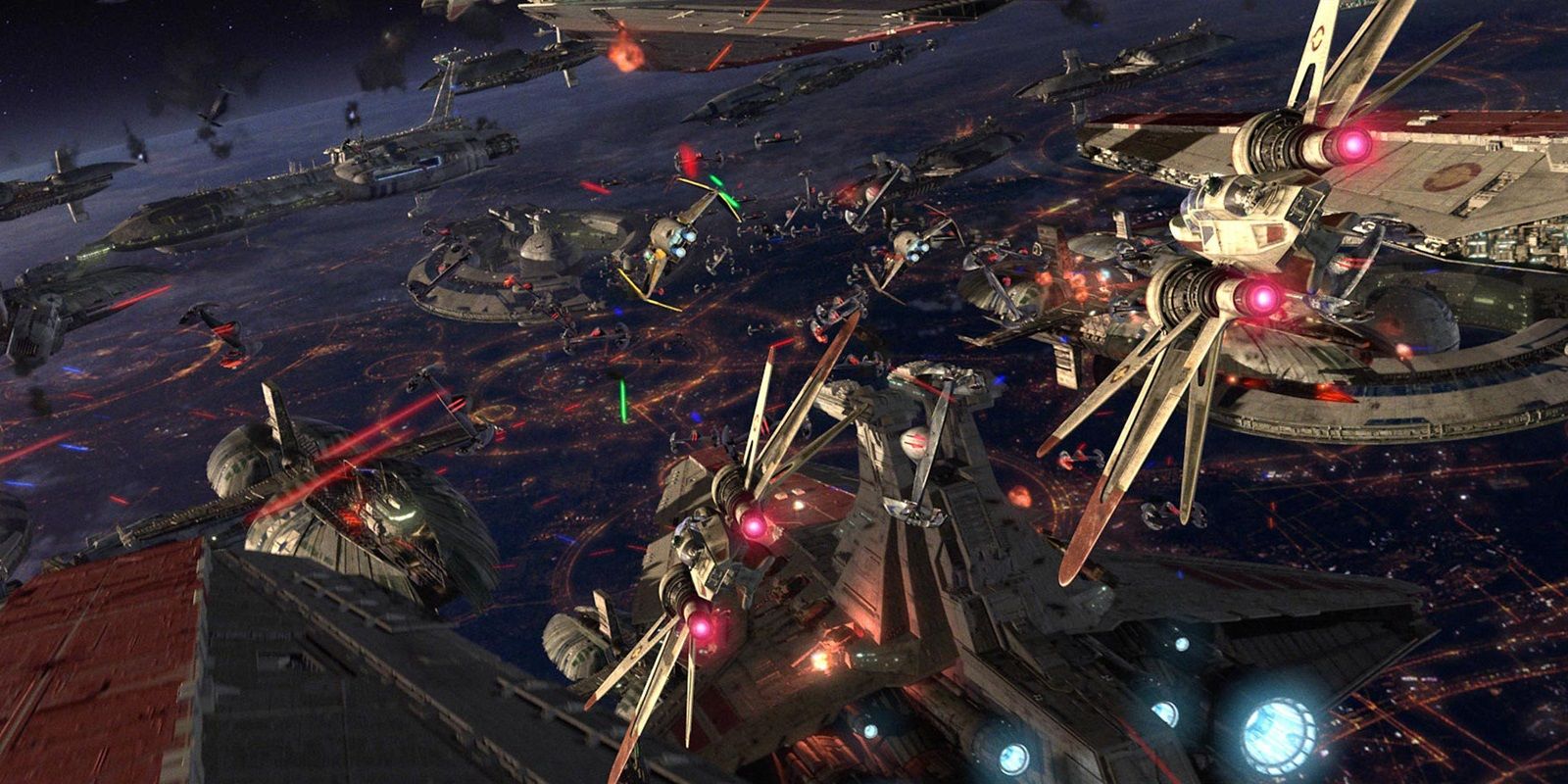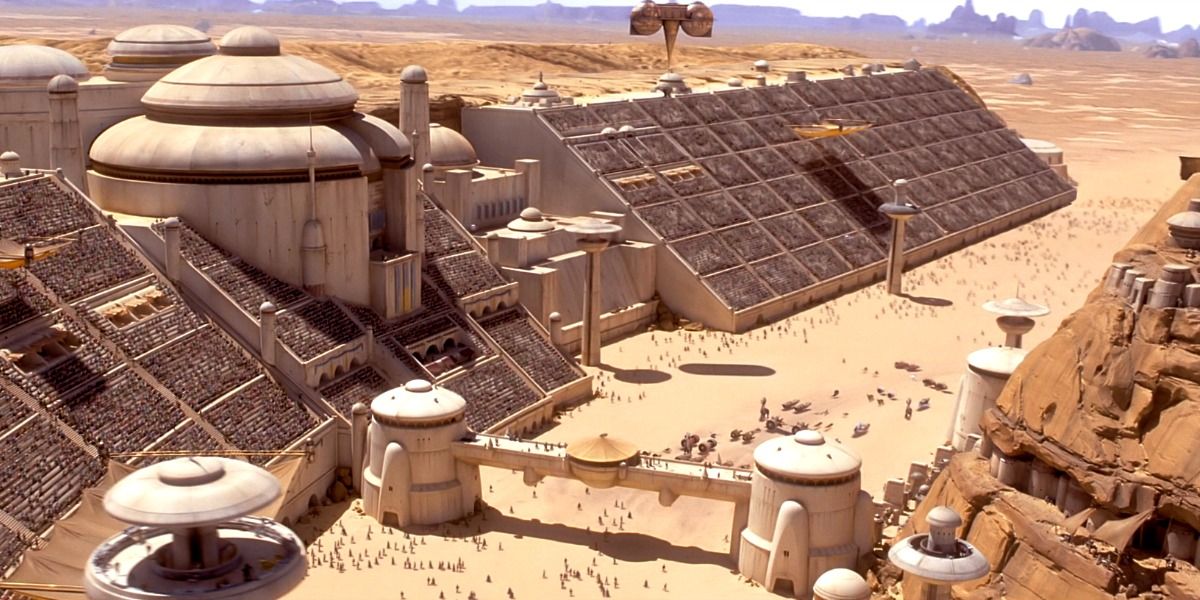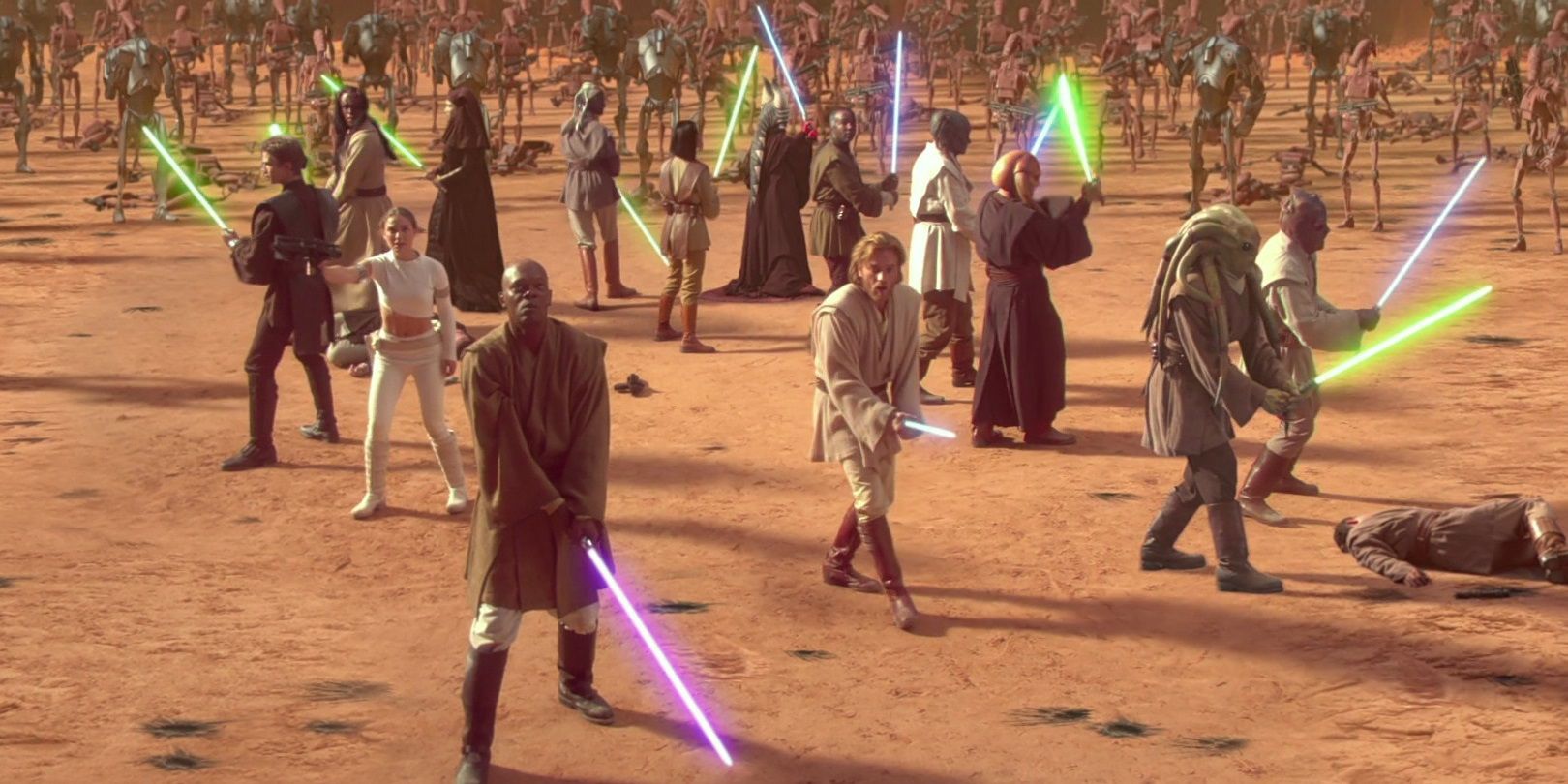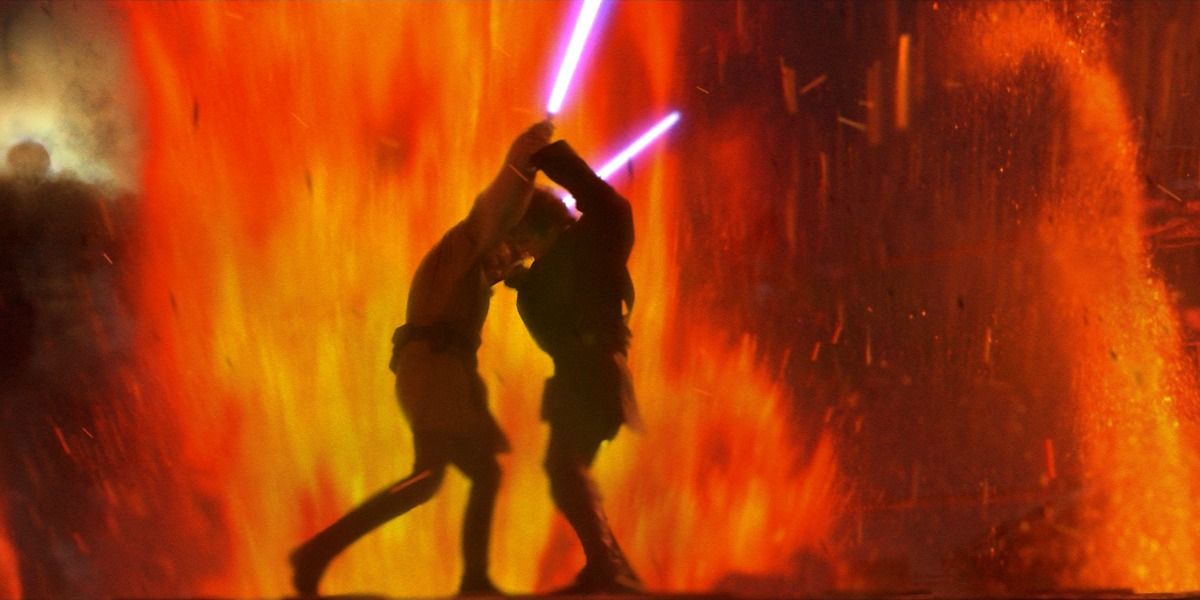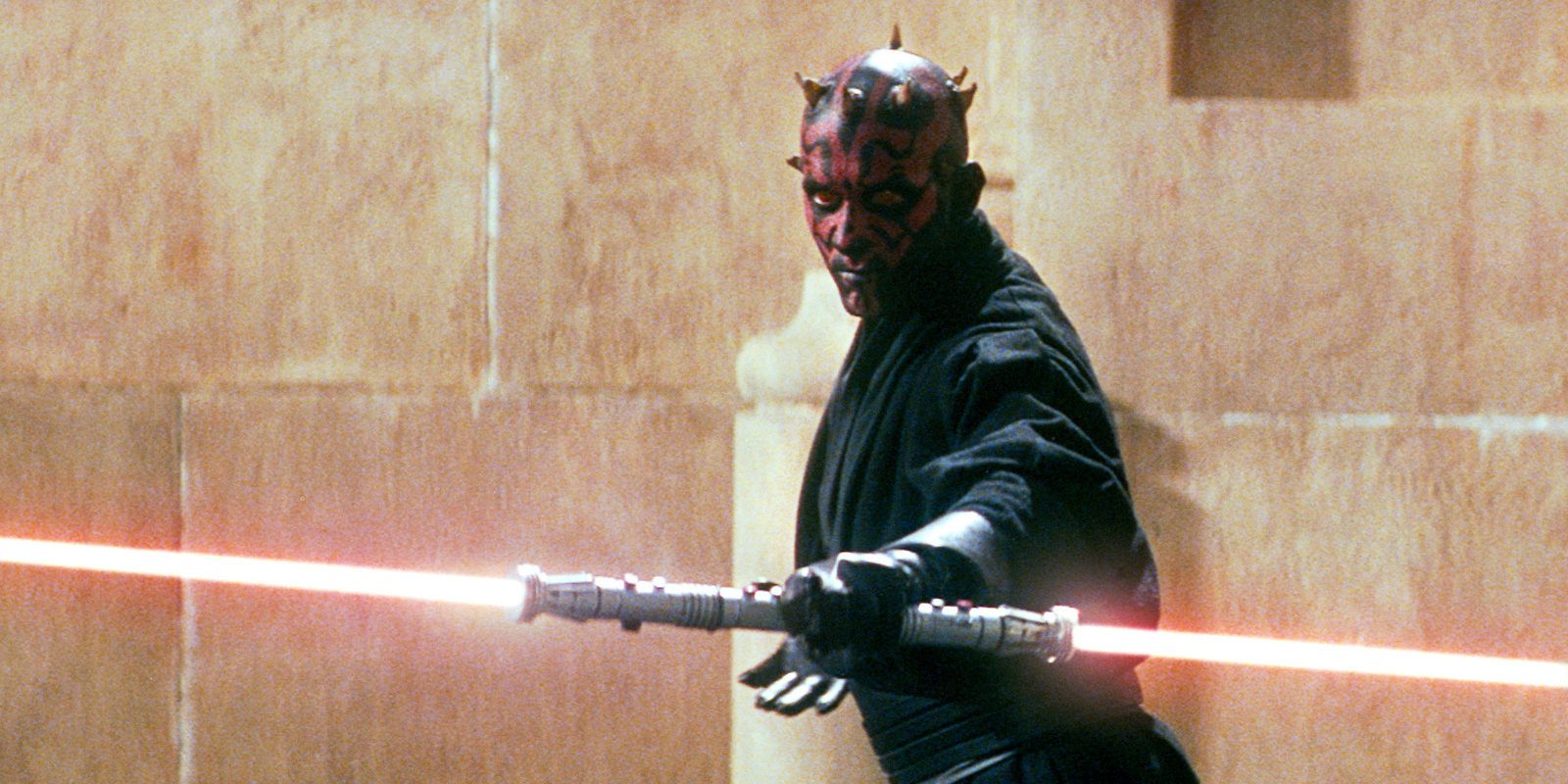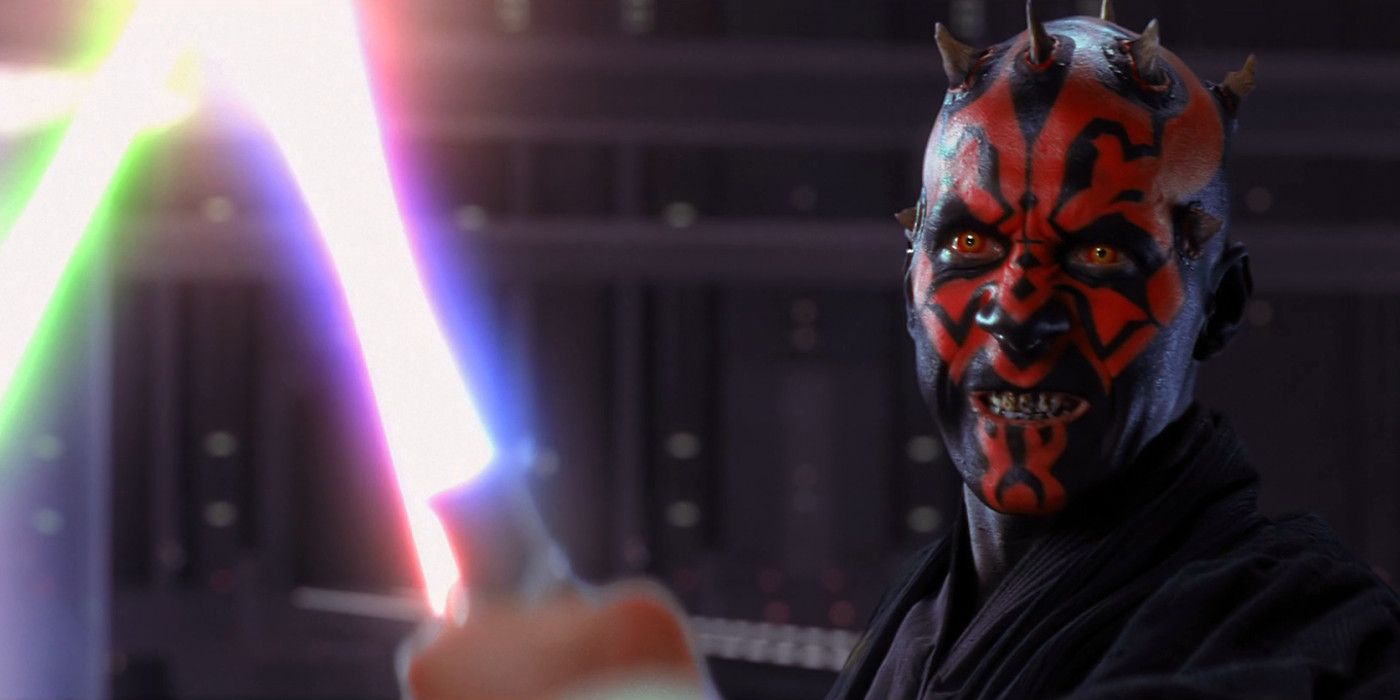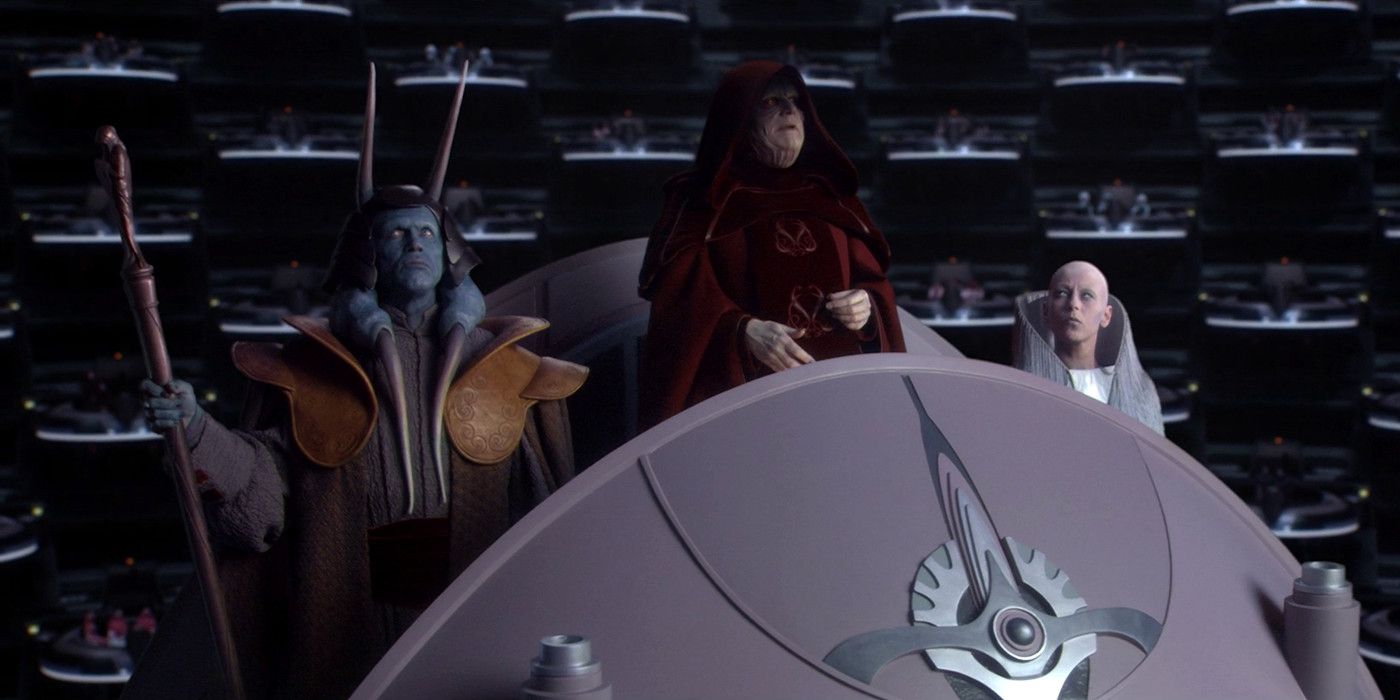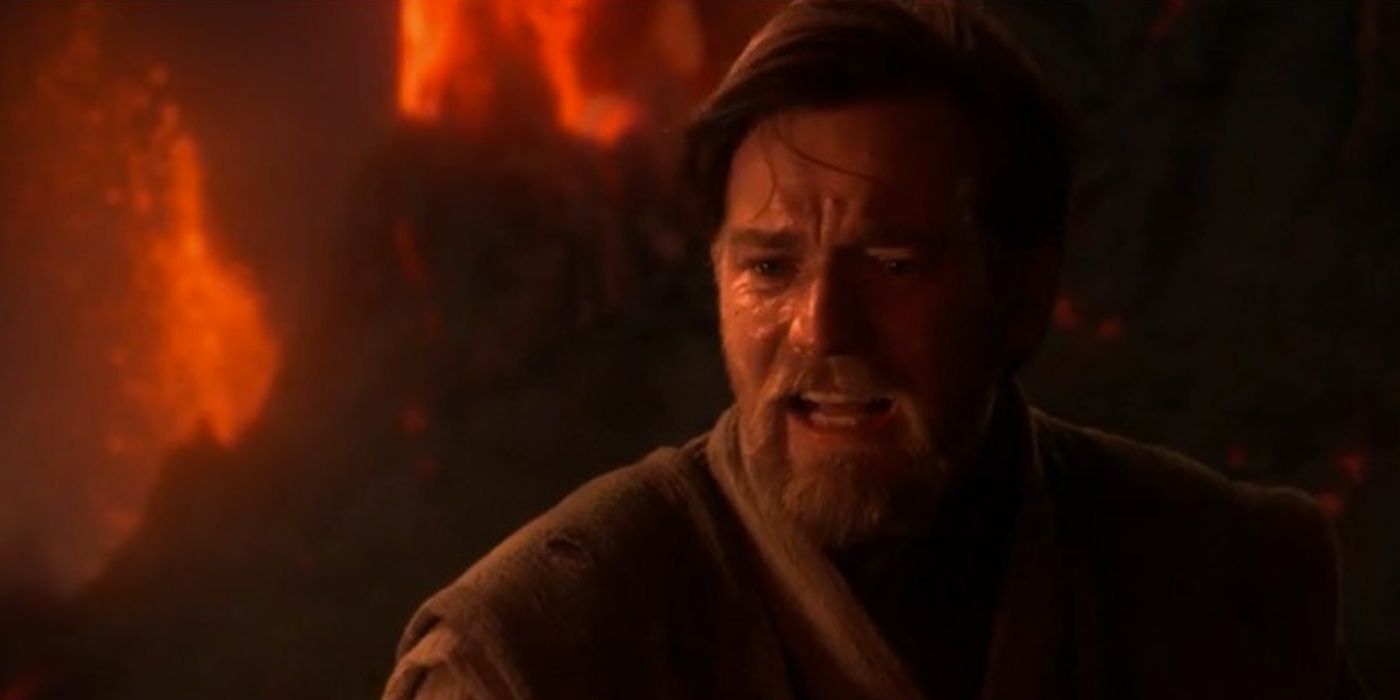These days, it looks like Star Wars is here to stay. Disney has plans for a sequel or spin-off story every year for the foreseeable future, and all of this is part of a master plan to get audiences back to the feelings that the original trilogy produced. The Force Awakens, an incredibly successful relaunch of the Star Wars brand, was designed specifically to produce feelings of nostalgia for the original trilogy, but the Episodes I, II, and III were designed for much more interesting reasons.
These movies were George Lucas’s vision, and they weren’t exactly beloved when they were initially released. Still, the prequels have a reputation they really don’t deserve. For every flaw in the dialogue or plotting, there’s a virtue somewhere else that more than compensates for it. These films are often quite impressive, and they tell a story that’s much more strange and complex than the films that came before them. Here are 15 Reasons The Star Wars Prequels Are Actually Great.
15. The Design of the Republic's Ships
One of the best things about George Lucas’s fantasy world, both in the prequels and the original trilogy, is the specificity of the what he’s building. All of these films give you the sense that Lucas knows exactly what goes where, and exactly what everything should look like. The Republic’s ships are the perfect example of this. They’re carefully designed to resemble the Empire ships that we’re already familiar with, but they don’t look exactly the same.
Instead, they’re colored, and the wings have been changed slightly. By the time of the Empire, the ships had a less colorful palette, and the ships were designed with more sharp edges. Although it may seem like a small thing, these ships are evidence of how careful Lucas was in designing the prequels, and the ways these films play off of our knowledge of the things to come. This was the precursor to a story we already knew, and little details reminded us of what was to come.
14. The Animated Clone Wars Series
Although many have gripes with the prequels themselves, it’s hard to argue against some of the excellent byproducts they brought us. For one thing, they kept the Star Wars brand relevant, and probably paved the way for the modern mega-franchise we have now. For another, they gave us the Clone Wars, a captivating animated series that chronicled the time between Attack of the Clones and Revenge of the Sith.
Not only is the animated series helpful in filling in the gaps in our knowledge about the events of the Clone Wars, but it was also legitimately compelling, and managed to give us new insights into both Anakin and Obi-Wan. The series also gave us our first look at General Grievous-- a character who appears in Revenge of the Sith, but has already been debilitated by then. The show reveals him in his prime, and it’s a thrilling sight. Ultimately, The Clone Wars works as a complement to the prequels, but, more importantly, it's compelling TV.
13. Ian McDiarmid's Performance
Chancellor Palpatine’s plot is incredibly complicated, and, to the extent that it works, it does so largely because of Ian McDiarmid’s wonderful performance. As Palpatine, McDiarmid gives every one of his scenes an underlying sense of malice that rises to the surface for audiences, but isn’t present enough to tip other characters within the story off. Once he is revealed, McDiarmid doesn’t waste the opportunity to ham it up a bit. Lines like “Power! Unlimited Power!” are corny, sure, but they work because McDiarmid is legitimately terrifying when he screams them.
What’s most remarkable about McDiarmid’s performance is that, although it gets hammy at the end, most of it is fairly subtle, and allows for shades of that hamminess to come through when it’s necessary. Palpatine’s an evil dude, and McDiarmid doesn’t really try to make him anything more than that. Instead, he becomes as evil as possible, and it really, really works.
12. They Explain the Jedi
In the original trilogy, the Jedi are basically wizards, an ancient order that has been decimated by the fascist Empire. Not only does this new trilogy give viewers a sense of exactly how the Jedi were structured, but they also give us a sense of the enormous problems that plagued this noble organization. Their desire to deal in absolutes was just as strong as their enemy’s, and they ultimately fell because they seemed to be just as corrupt as those they attempted to destroy.
The problems with the Jedi may never be clearer than during the scene in which Mace Windu insists that he must kill Palpatine, and refuses to allow him to stand trial. While Windu may have been right, it revealed the ways in which the Jedi were willing to break their own principles to meet their ends, and made it clear that the ideals they aspired toward were not always easily achieved.
11. They Add Nuances to the Original Trilogy
The prequels also worked to provide nuance to many areas that the original trilogy only touched on briefly. Alec Guinness’s work as Obi-Wan, which was already remarkable, is made even more meaningful when you realize how much Obi-Wan had been through before that point. The prequels also show us that the Jedi were culpable in Palpatine’s rise, and we see that Yoda and Obi-Wan didn’t exactly learn their lesson from the Jedi’s fall. Both still insist that Luke must kill Darth Vader, not understanding that the Jedi should not deal in the absolutes that were the norm during the days of the prequels.
The scenes between Yoda and Luke especially are given added weight when you know all that Yoda has seen, and what he may have failed to learn. Lines like “wars not make one great” mean more when you’ve seen the war, and understand the context that Yoda brings with him. For all of their wisdom, both Yoda and Obi-Wan have been shaped by their irrevocably shaped by their pasts.
10. The Story of Darth Plagueis
Revenge of the Sith has the immense task of tracking Anakin’s arc as he becomes tempted by the dark side of the Force. The scene that best reveals exactly what tempts Anakin is a seemingly random encounter he has with Palpatine while Palpatine’s attending the opera. It’s here that Palpatine tells Anakin that the dark side of the force is capable of creating life, which is exactly what Anakin needs following his visions of Padme’s death.
Palpatine also uses this opportunity to tell the story of Darth Plagueis, the Sith master who discovered the power to create life, and was ultimately struck down by his apprentice. Of course, this apprentice was Palpatine. In addition to tempting Anakin, the scene also works to establish the mythos of the Star Wars world, and gives us a sense of where Palpatine came from. We learn about masters and apprentices, and discover the brutal but powerful nature of the dark side of the Force.
9. Mace Windu
Mace Windu is the pivot-point for much of the action in the prequel trilogy, and is obviously one of the most powerful Jedi that the order has. On top of all of that, he’s played by the marvelous Samuel L. Jackson, who imbues even the silliest lines with definitive heft and weight. Windu’s final confrontation with Palpatine is impressive and depressing at the same time, especially once you realize that Windu could have ended the entire thing before it even began.
Although that moment is certainly the climax of Windu’s arc, we see how skilled the Jedi Master is long before that. He rapidly deals with Jango Fett during the battle on Genosys in Attack of the Clones, and he proves his tremendous power as he takes on droids during that same battle. Windu’s seriousness is underscored by Jackson’s performance, which suggests Windu’s quiet power without always needing to reveal it. On top of all that, Windu also has a purple lightsaber, which is just the coolest.
8. The Opening Scene of Revenge of the Sith
For all of the problems with the writing in the prequels, some of George Lucas’s direction is truly dazzling, and that’s never more true than in the opening scene of Revenge of the Sith. As Anakin and Obi-Wan navigate a massive space battle over Coruscant, we get one of the best flight sequences in the history of Star Wars. Anakin and Obi-Wan fly through the battle, and we follow them in a long take that's both dazzling and completely unique to the world that Lucas has created.
Anakin and Obi-Wan have to deal with enemy ships, and some pesky droids. Of course, the pair make it into the Separatist ship where Palpatine is being held with just seconds to spare. Overall, this opening sequence displays a kind of confidence and clarity of vision that is deeply thrilling. It’s the sort of sequence that promises good things to come, and it’s a promise that Lucas largely delivered on.
7. The Pod Racing Sequence
Podracing is a marvelous invention, and it was one of the main reasons many appreciated The Phantom Menace when it was initially released. If you were to describe podracing in a single sentence, it would probably involve an invocation of Ben-Hur’s chariot sequence, which makes sense. That classic scene certainly informed this one, but it was further heightened by the use of CGI.
It’s true, of course, that Lucas’s use of digital effects was excessive, but during the podracing sequence, Lucas’s computer creations come to dazzling life as we watch Anakin race for his freedom. The scene is a thrilling chase in the best way, and it’s one of the highlights of The Phantom Menace, which often gets bogged down by plotting and Jar Jar Binks. Podracing is worth the price of admission, and though the CGI is a little bit dated, it’s as thrilling as anything in the franchise.
6. The Battle on Geonosis
Although getting there might be a bit of a chore, the battle on Geonosis is our best chance to see the Jedi in their prime. When we see how they work together to take on the massive droid army they’re facing, we see what the Jedi are truly capable of for the first time. Although the Jedi are ultimately overwhelmed, and need to be bailed out by the clone army, their battle shows off the immense power the Jedi possess, and ultimately give us a sense of why Palpatine feels they must be wiped out.
Following the battle, we see Obi-Wan and Anakin take on Count Dooku for the first time. They're remarkably uncoordinated. This moment is key for understanding how Obi-Wan and Anakin’s relationship develops over the course of the trilogy, and it’s a point that’s revisited in Revenge of the Sith. The battle ends with the unveiling of Yoda’s abilities, and while some may find it silly, it’s undoubtedly dazzling as well. The Force really was strong with him.
5. The Duel on Mustafar
The action in the prequels is often much more intricate than the action in the original trilogy, but it’s never more beautiful and thrilling than during the final duel between Obi-Wan and Anakin in Revenge of the Sith. Set on the lava planet of Mustafar, the weight of this final battle gives us a sense of what’s to come. Although we know that Obi-Wan wins, we’re left wondering exactly how Anakin will become the crippled man we already know Vader to be.
The duel is deeply thrilling, and it represents a moment that the entire trilogy has been building toward. It’s a battle between brothers and friends, and it’s a legitimate argument in which both sides have definitive perspectives. The action is filled with set pieces that still take your breath away, and it climaxes in a moment of heartfelt anger between Anakin and Obi-Wan. This duel was the culmination of the entire prequel trilogy, and it certainly didn’t disappoint.
4. Darth Maul
Throughout much of The Phantom Menace, there’s a strange figure lurking, one that receives fairly minimal screen time but is nonetheless a major presence. In addition to the final battle, Maul also shows up a handful of times throughout the film, and has a brief encounter with Obi-Wan early on. Maul’s menace is only increased by the incredibly few lines he has, ones that turn him into a figure of mystery.
Of course, all of this is meant to build toward a final confrontation between Obi-Wan, Qui-Gon Jinn, and Maul, and that certainly doesn’t disappoint either. Maul is a master with the lightsaber, and his ability to take on both Jedi simultaneously only serves to highlight his prowess. Of course, Maul is ultimately defeated by Obi-Wan, but not before he manages to take Qui-Gon down with him. Maul’s double-bladed lightsaber is still iconic today, as is the horned figure who holds it, and with good reason.
3. Duel of the Fates
John Williams is at least half the reason that Star Wars is as iconic as it is. Of course, several themes from the original trilogy are memorable, but his best work might be “Duel of the Fates.” It’s the kind of bombastic track that becomes instantly iconic, and it also happens to be an incredibly compelling piece. It essentially makes whatever you do feel epic, and that’s especially true when it’s used over some truly outstanding lightsaber duels.
The scores for the original trilogy are beautiful, of course, but they lack the sheer gusto that defines “Duel of the Fates.” It’s operatic, and it gives the scenes its set to with a sense of grandeur that far outstrips any moment that the original trilogy achieves. The music turns Star Wars into a true space opera, and it becomes an incredible throughline in the prequels. If the original score was a perfect ten, then the score for the prequels turned things up to eleven, and “Duel of the Fates” is proof of that.
2. Complex Ideas About Corrupted Government
For all of the thrills of the original Star Wars trilogy, they’re ultimately fairly simple stories. It’s good vs. evil, with a plucky rebellion working against a horrifying and oppressive Empire. The prequels give us a more nuanced look at the morality of the Star Wars universe, and suggest that good people can fall from grace. In addition, it suggests that even the purest democracy can be destroyed by fear, and by sowing divisions that are impossible to recover from.
As the Republic collapses in Revenge of the Sith, you understand how this could happen in the real world. The Emperor’s fear machinations are built on using fears and weaknesses to rule, and it works terrifyingly well. The prequels use moments like this to point out the inherent weakness of every democracy, and the ease with which an entire system can crumble under the weight of a single man. As Padme says “This is how liberty dies – with thunderous applause.”
1. Ewan McGregor's Performance
Alec Guinness was a prestigious actor, and he left enormous shoes to fill after his performance as Obi-Wan Kenobi, an aging Jedi master who watches over Luke Skywalker. The prequels were charged with finding an actor of Guinness’s caliber to play a role with a great deal more screen time, and they found the ideal candidate. As Obi-Wan, Ewan McGregor manages to pay homage to Guinness’s work while still making the character his own.
McGregor clearly appreciates the opportunity he’s been given, and he doesn’t waste it. He’s got crisp comic timing, but it’s the more emotional moments that really allow his performance to shine through. Following the final battle with Anakin on Mustafar, McGregor seems genuinely distraught over what he’s been forced to do. He’s had to duel his brother, and he’s had to destroy him. He feels betrayed, and, even worse, sad. He’s a good man who’s tested over and over again, and McGregor plays him with a ferocity and sincerity that is nothing less than remarkable.
---
Is there anything else you like about the Star Wars prequels? Let us know in the comments!

